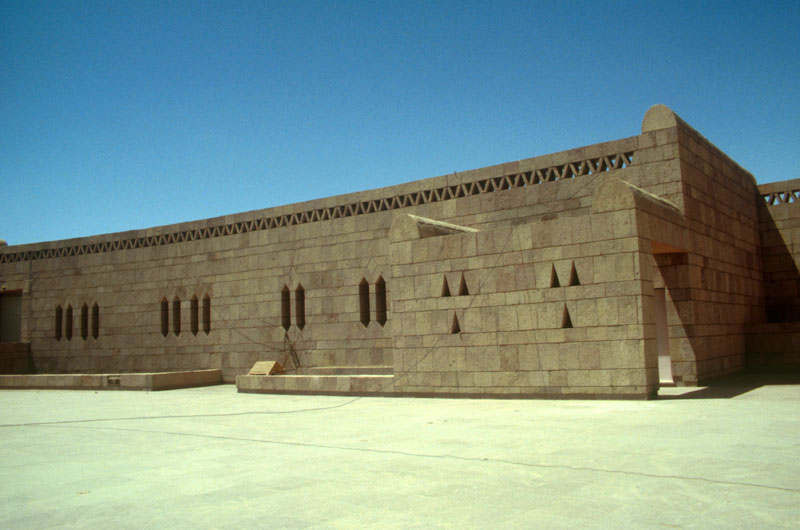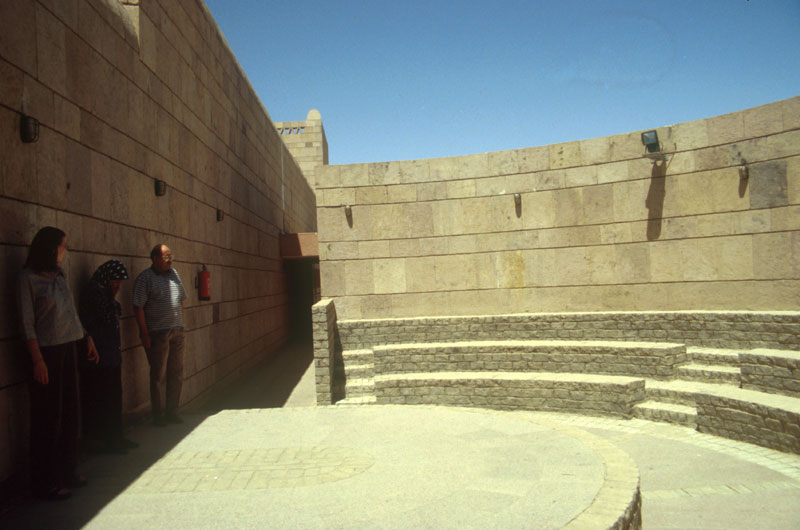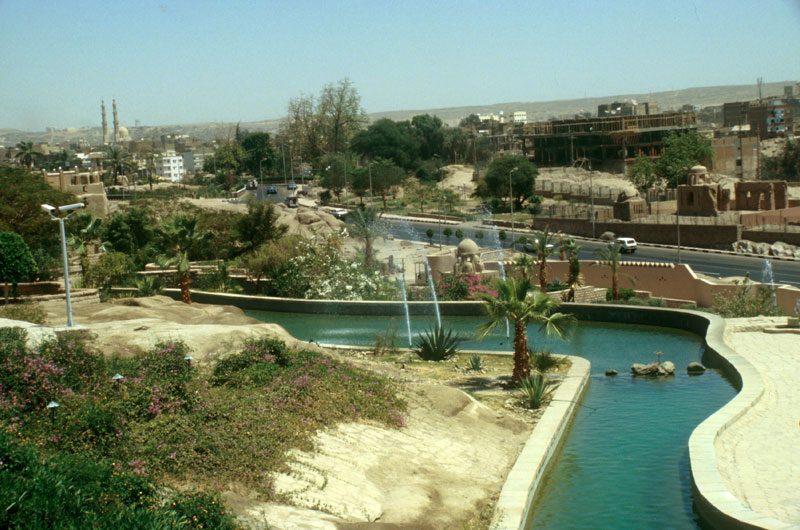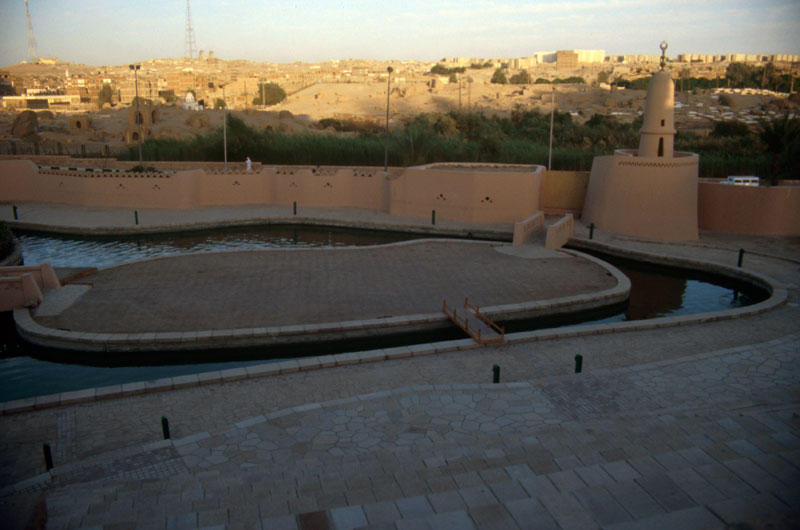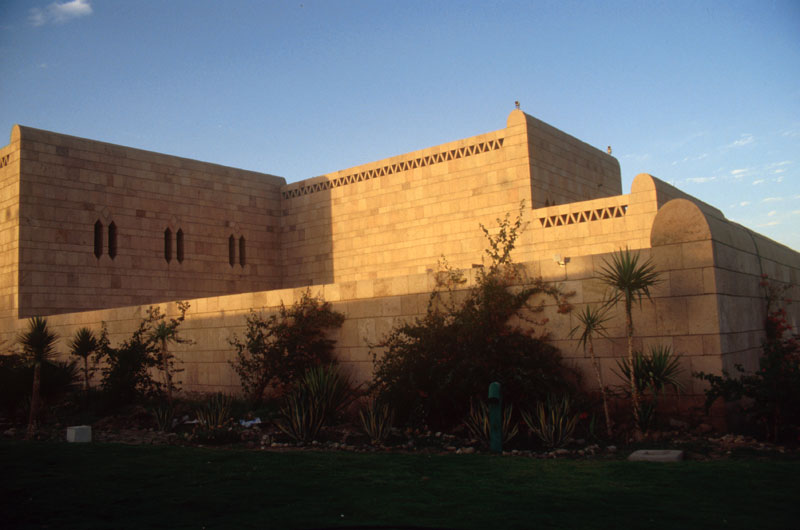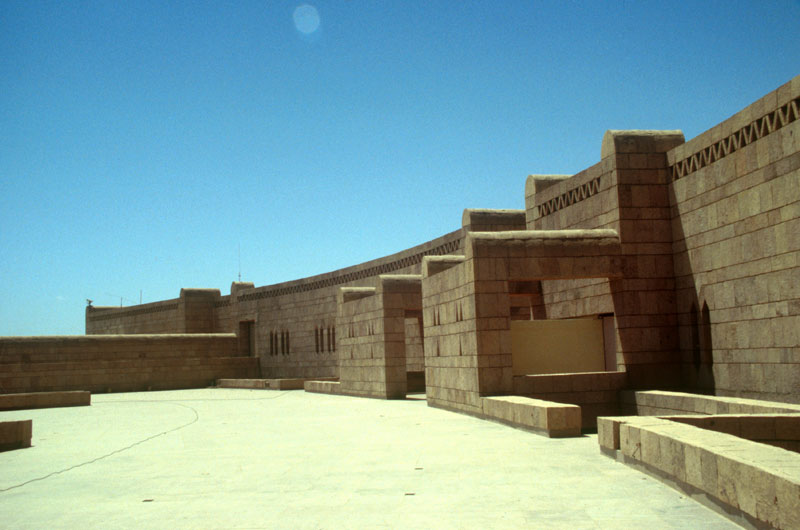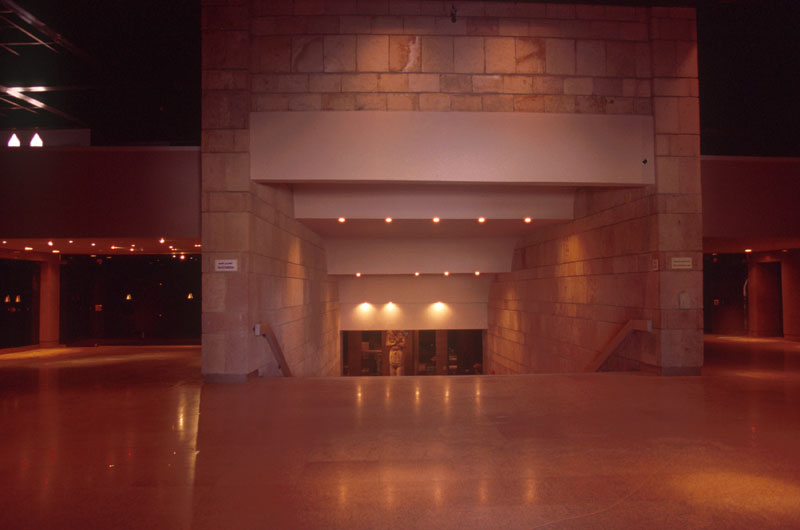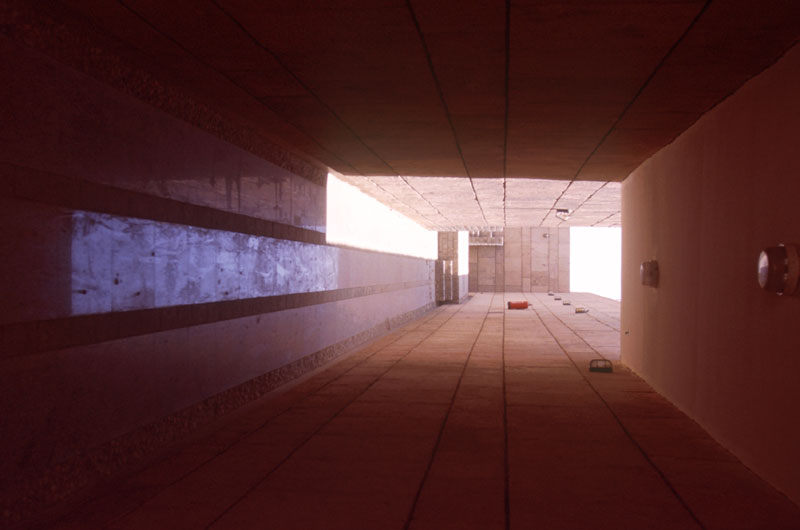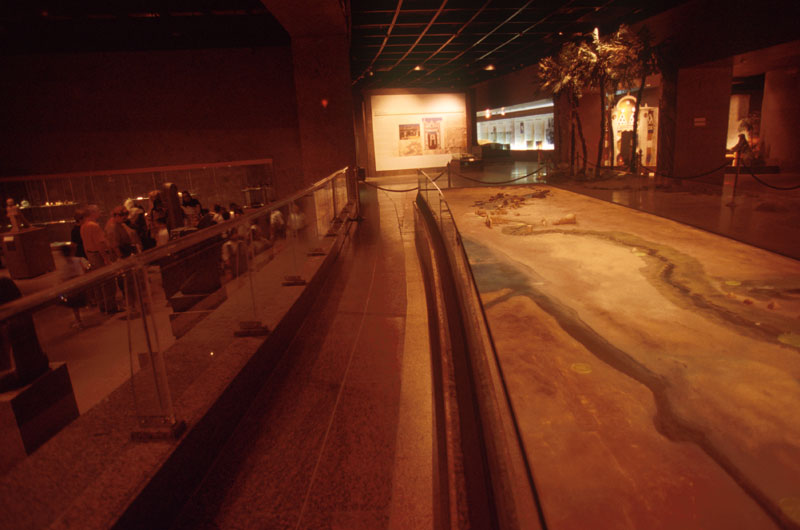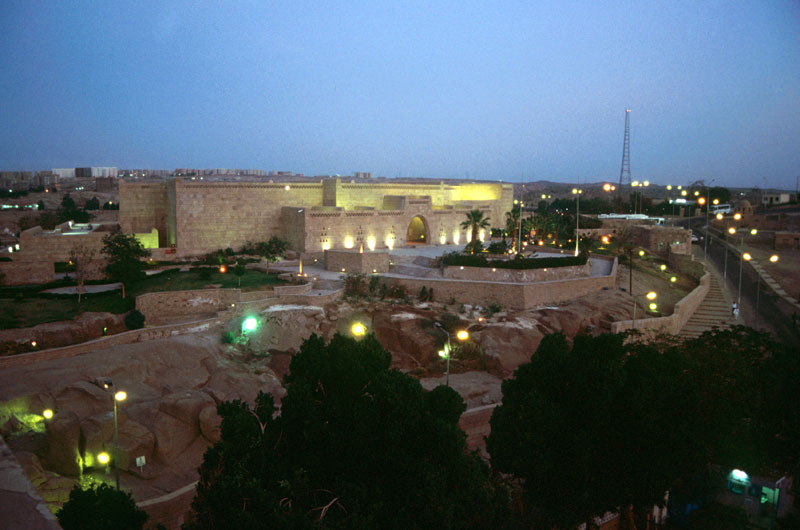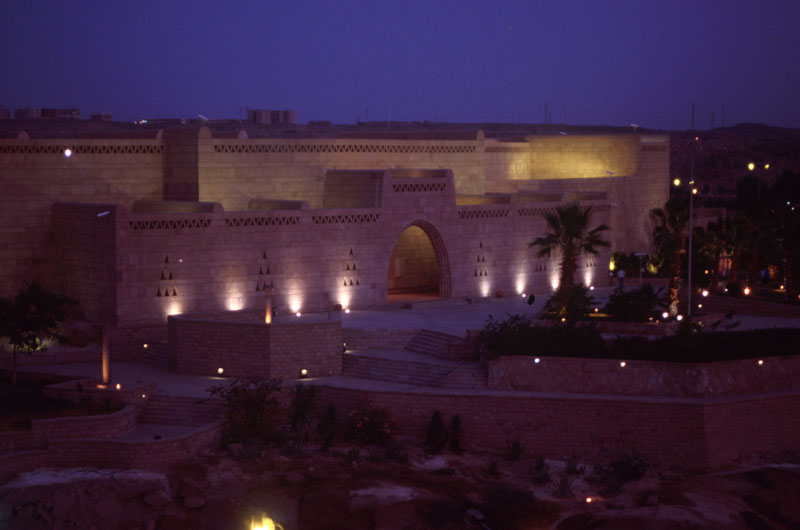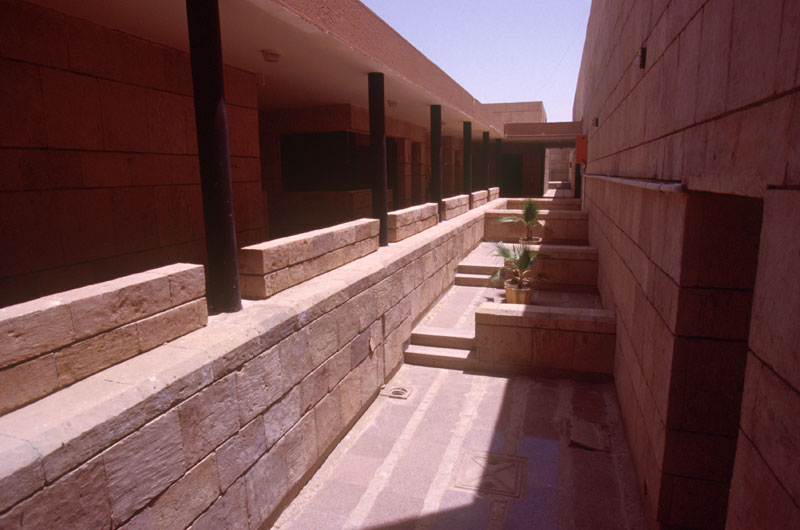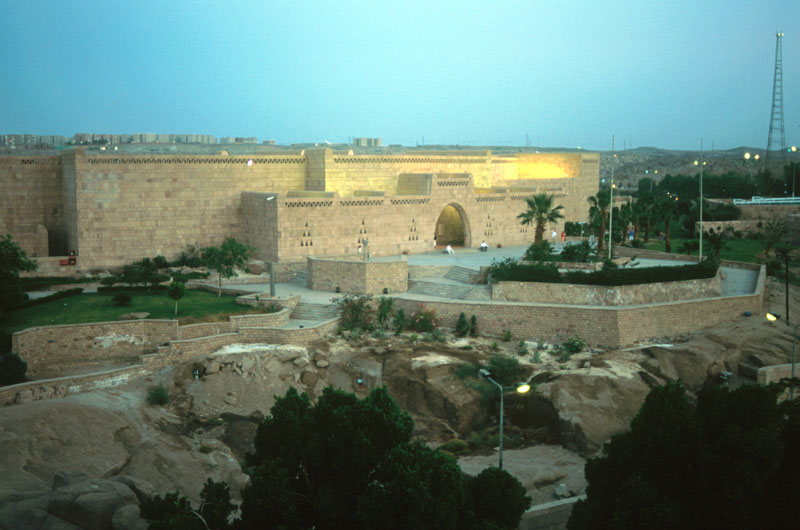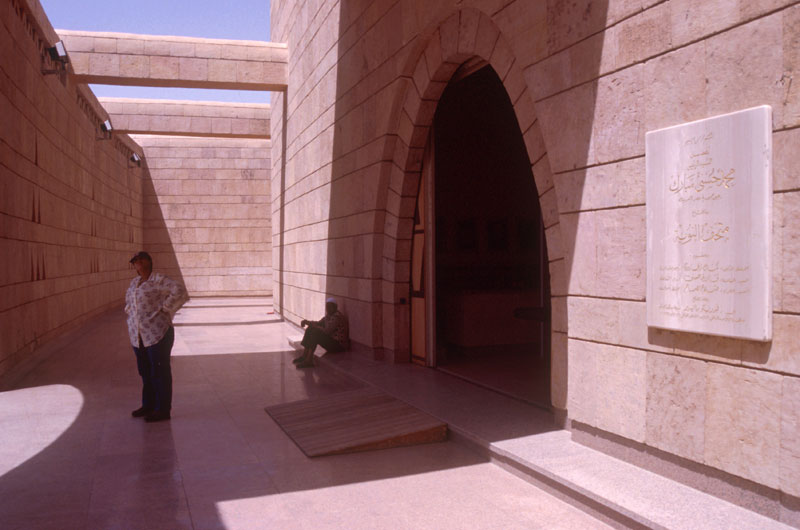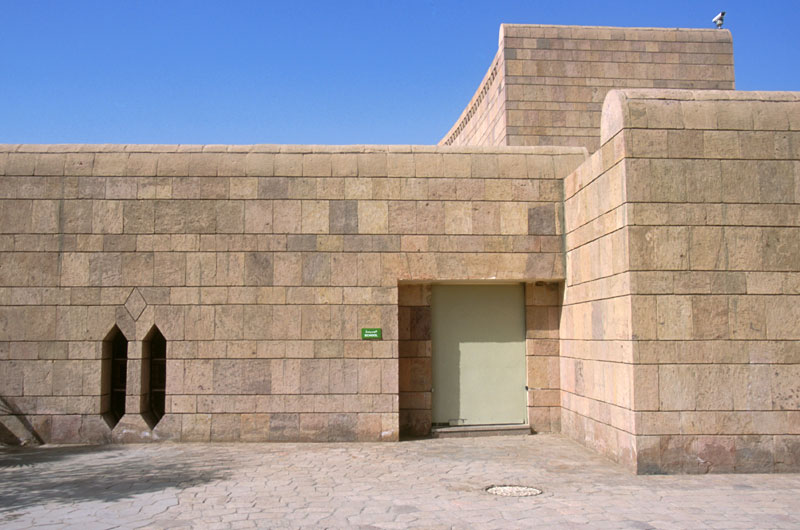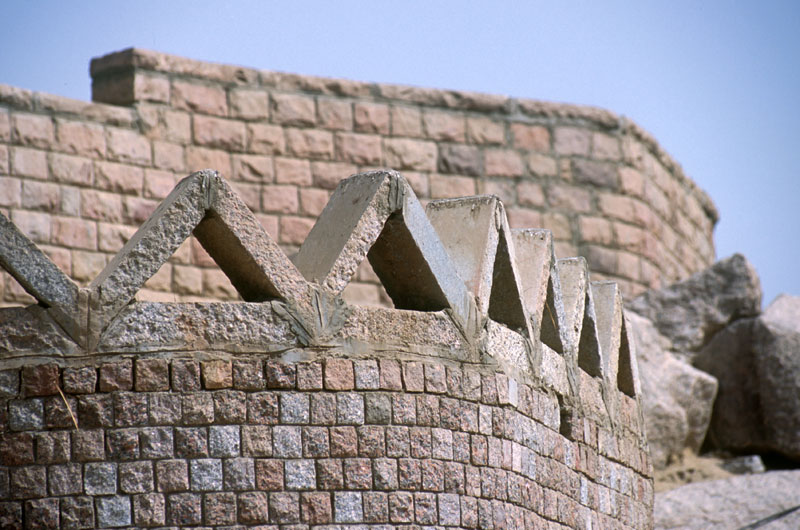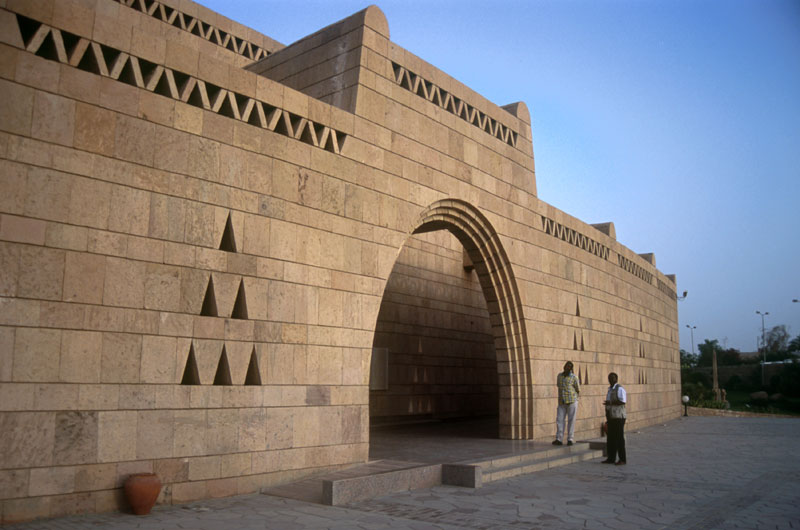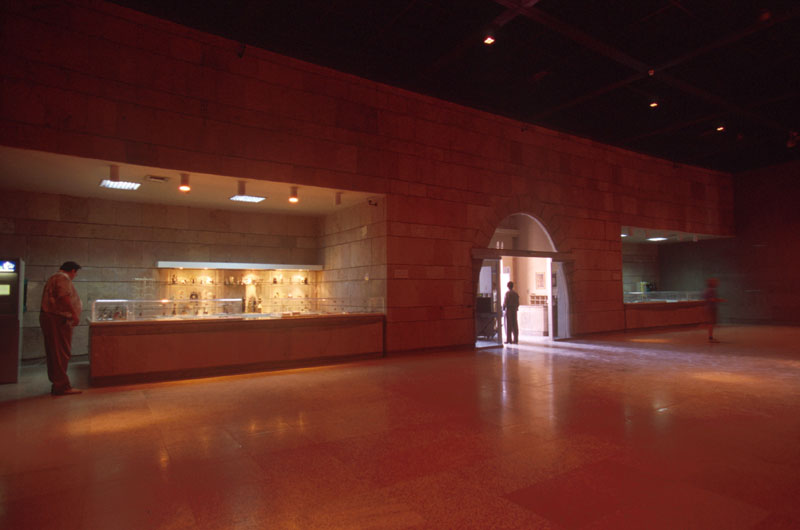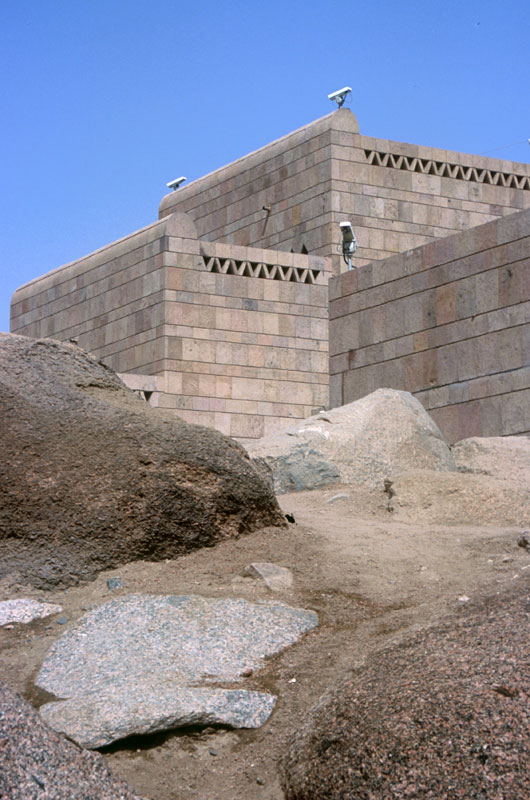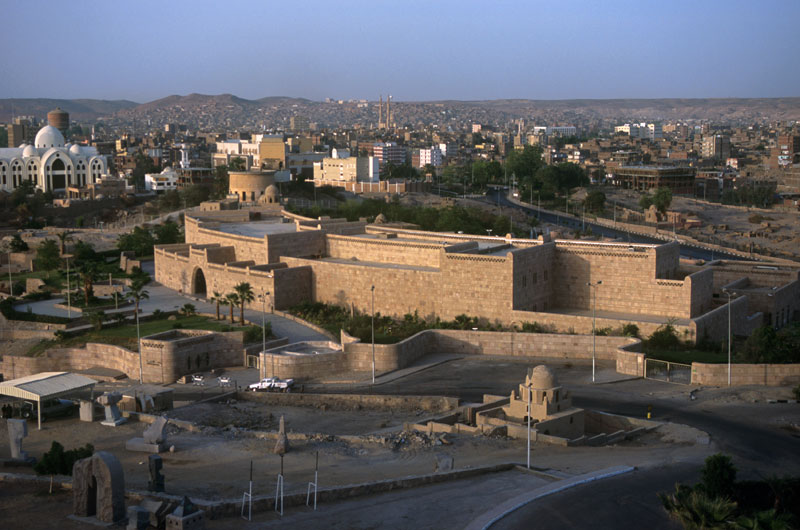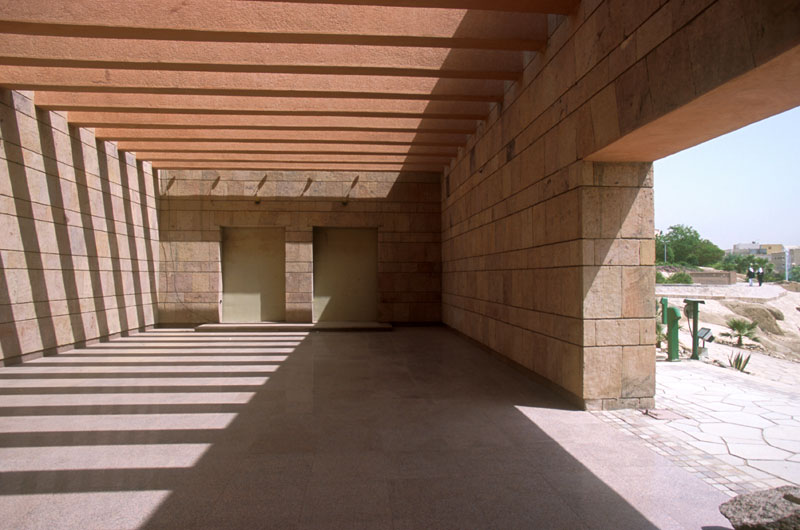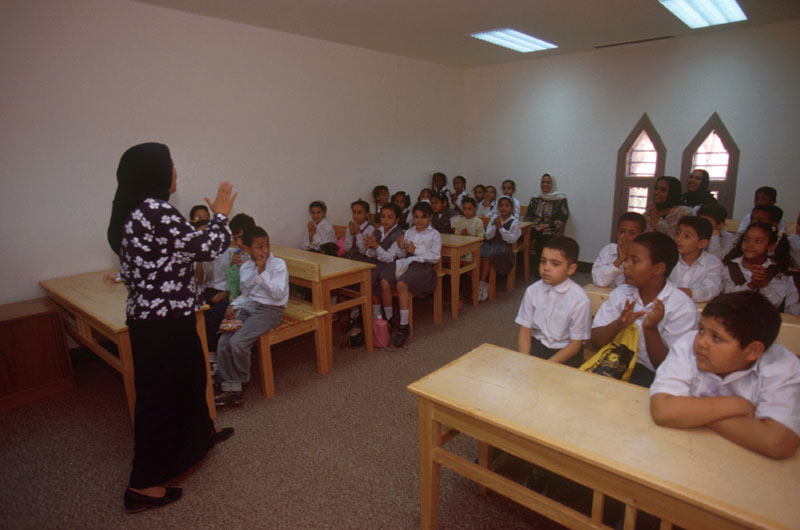-
Nubian Museum / Mahmoud El-Hakim
-
- 10 April 2016

- Datum Editorial
- Selected Works , Museums , Education Centres , Editor's Choice , Sustainability ,
The Nubian Museum celebrates the culture and civilization of the Nubian region of Egypt from prehistoric times to the present. It is located in the city of Aswan, on the eastern bank of the Nile, 899 kilometres south of Cairo. The museum is a three-storey building with an outdoor exhibition area. It houses the main finds of the UNESCO salvage campaign carried out at the time of the building of the High Dam, which eventually flooded that whole region. Another major exhibit is a diorama which shows the daily life of Nubian villagers. It is a community museum with an education section that organizes trips, lectures and workshops for schoolchildren, and cultural events for the public at large. In April 2000 the museum was approved by UNESCO as a centre for museology and the preservation and conservation of archaeological remains for Africa and the Middle East.

Traditional Nubian architecture is either the vernacular architecture of the villages, built in mud brick, or the architecture of the great temples. These were simple buildings of granite or 1 stone consisting of one or more gateways leading to a colonnaded courtyard, which led in turn to a hypostyle hall, followed by a vestibule and then the sanctuary, usually at the highest level. Nubian villages spread along the Nile in clustered terraces, and throughout Nubia the principal entrances to houses face the river.

The main entrance opens onto a courtyard with mastabas – raised seating areas. The rooms of the house are arranged along the courtyard’s far wall, the most important being the mandara, or guest room, which has a separate entrance and a catenary vault roof. Some living rooms – called tents or khayma – are simply open with a flat roof of palm branches. The houses are of mud, mud brick or stone, plastered inside and out by the women and children, who decorate the walls, especially the entrances, with bright and colourful designs. The roofs of the houses are of palm trunks or timber beams covered with palm thatch. Small openings at high level help to circulate the air brought into the house via the courtyard, which acts as a ventilating space and a ‘private piece of sky’ for the benefit of the household.

The positioning of the building was planned jointly by the architect, Dr El-Hakim, and Dr Werkmeister, the first landscape architect to work on the project. The museum was placed on the ridge of the site to preserve rock formations and provide an open view of the Fatimid Cemetery and the Unfinished Obelisk to the east. An overpass across the main airport road was even proposed to link these three sites, making the museum part of a tourist circuit. The entrance is located on the west side of the building, oriented towards the Nile in the same way as traditional Nubian houses. The building is organized so that the main exhibition hall is placed centrally between the educational facilities to the north and the laboratories and service areas to the south.

The massing of the building follows the contours of the site and 4 blends well with the rock formation. The taller central zone was intended by Dr El-Hakim to reflect the architecture of the Pharaonic temples. Dr El-Hakim’s concept for the internal planning of the museum was a series of ramps leading along the walls to a platform where the entire exhibition area would have been open to view, with the statue of Rameses II in the centre, lit from above by a skylight. The flow of the exhibits would end at the lowest point of the museum, at the eastern portico, leading to the outdoor exhibition areas. Due to the client’s misunderstanding that the ramps were for disabled visitors and therefore superfluous since there are two lifts, the ramps and walls were dropped from the scheme, and visitors now descend directly into the exhibition area via steps.

Due to security considerations, the garden access was eliminated and the exhibition flow now ends at the foot of the stairs leading back to the main entrance. The façades are all clad in hand-textured local sandstone built in alternating courses 30 and 60 centimetres wide. The windows are long, narrow, lozenge-shaped openings, grouped in pairs. An open triangle motif, used on the west façade, is taken from traditional Nubian vernacular architecture. The concept behind the landscaping was the preservation and celebration of the granite rock formation. Dr Werkmeister even designed a rock formation that would climb the building from the east and link a roof garden to the rest of the scheme below.

A stream of water would emanate from this formation for the irrigation of the plants, ending in a small pond at the Nubian ‘village’. In 1988, Dr Leila Masri of Sites International became involved in landscaping the project. Her concept was that the landscape should represent the Nile Valley and she organized the outdoor exhibition area chronologically, starting with the prehistoric caves, then the Nubian village and the amphitheatre, and so on, ending at the front entrance of the museum.

Both designers envisaged entry to the garden to be from the lowest point of the internal exhibition as a continuation of the experience, and both linked the roof garden to the main garden with a rock formation. They also specified similar indigenous plants, requiring little soil and water, because the granite terrain makes plant propagation very difficult – it has been necessary to drill in order to create drainage channels and add soil for the planting.

Sites International introduced waterfalls into the stream to reflect the cataracts that were historically so important to the Nubian environment. The ‘source of the Nile’ was to start from the rock formation that abutted the building. Abundant planting was intended to reflect crops. All paving and hard landscaping is of granite and sandstone. This was the first landscape project in Egypt carried out by an Egyptian firm.
SHARE YOUR THOUGHTS
-
If you want your own avatar and keep track of your discussions with the community, sign up to archiDATUM >>




























